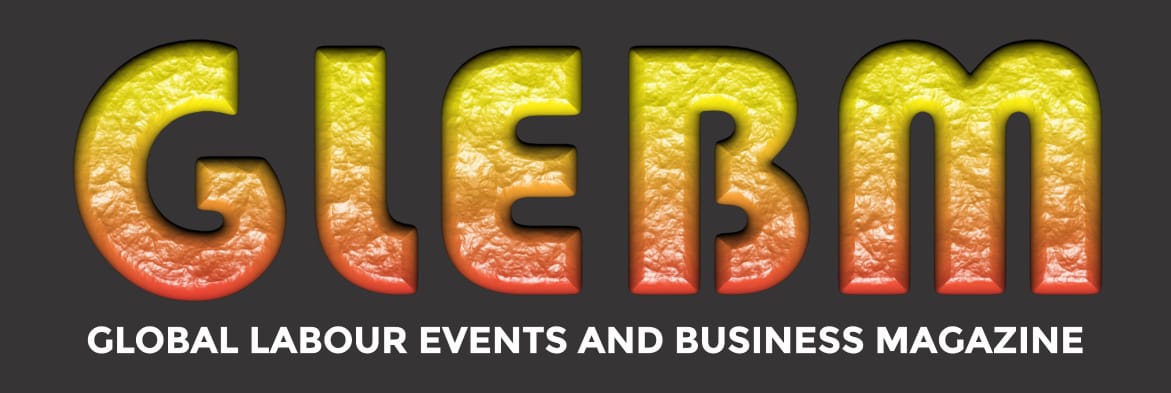By Raymond Akorede
Artificial intelligence (AI), robotics, and automation are rapidly transforming the landscape of workplace safety and health, bringing both promise and peril, according to a new report released by the International Labour Organization (ILO) ahead of the World Day for Safety and Health at Work.
The report, titled Revolutionizing Health and Safety: The Role of AI and Digitalization at Work, underscores the dual impact of emerging technologies on occupational safety and health (OSH) systems across the globe. While innovation is helping prevent workplace injuries and improving well-being, it also introduces a new array of risks requiring urgent regulatory attention.
“Digitalization offers immense opportunities to enhance workplace safety,” said Manal Azzi, Team Lead on OSH Policy at the ILO. “Robots can replace workers in hazardous ‘3D jobs’—those that are dirty, dangerous, and demeaning. Automation can eliminate repetitive tasks in factories and offices, freeing workers to take on more fulfilling roles. But for us to fully benefit from these technologies, we must ensure they are implemented without incurring new risks.”
The report explores how smart wearable devices, environmental sensors, and AI-powered safety systems are helping detect real-time dangers, monitor worker health, and reduce exposure to harmful substances. It also points to the rise of hybrid and remote work as a positive development for mental health and job flexibility.
Yet, the ILO cautions that these advancements must not outpace protections for workers. Maintenance and interaction with complex robotics, unpredictable automated behaviors, system failures, and cyber threats pose new threats to workers’ safety. Additionally, poor ergonomics associated with wearables and exoskeletons could cause physical strain if not properly designed and tested.
The report also flags concerns over over-reliance on automation. “When AI systems take over decision-making and reduce human oversight, it can lead to heightened OSH risks,” the study warns. Continuous connectivity and algorithm-driven workloads may also increase stress, burnout, and mental health problems among workers.
Highlighting the hidden toll of the digital economy, the report draws attention to the safety and health risks faced by workers across the AI supply chain—from raw material extraction to e-waste management.
On the policy front, the ILO calls for urgent updates to national and global regulations. While its own OSH Conventions (Nos. 155 and 187) lay the groundwork for workplace safety, more targeted frameworks are needed to govern robotic safety, algorithmic management, and the right to disconnect in digitally driven workplaces.
“Worker participation is crucial at every step of tech integration,” Azzi stressed. “Training, awareness, and inclusive policymaking will be vital to ensure that AI and automation make work safer—not more hazardous.”
The ILO emphasized the importance of further research to assess the long-term impact of digital transformation on OSH and urged governments to invest in systems that prioritize safety alongside innovation.
As the world embraces new technologies, the ILO’s message is clear: digitalization must serve as a tool to protect—not endanger—the global workforce.




